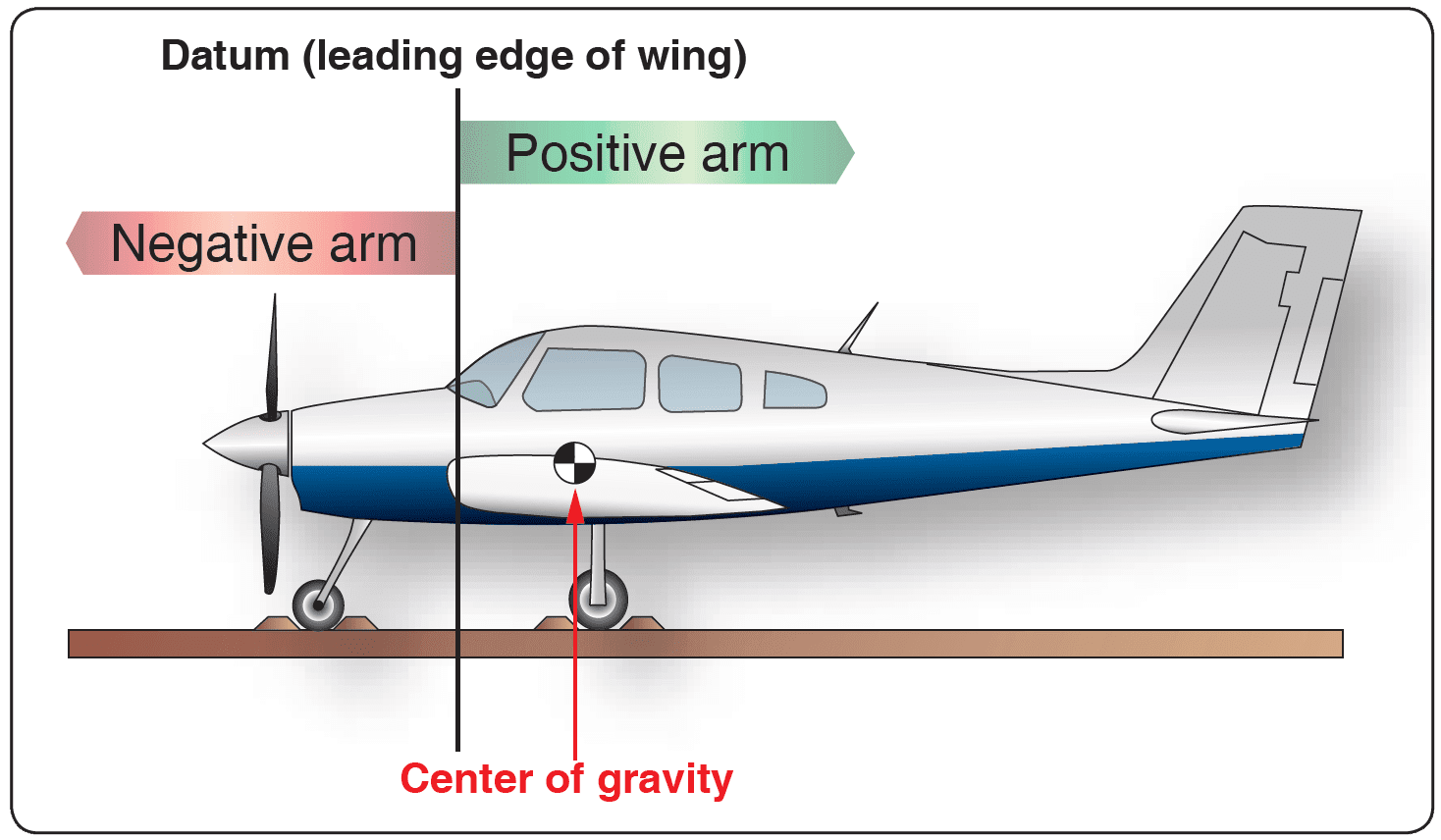Lateral Axis Of Aircraft - Last week, the Learn to Fly blog covered the four forces in flight. Collectively, these are lifts, weights, pushes, and drags. These forces are key to airplane aerodynamics and will be very important in your flight training, especially when learning how to control an airplane. In addition to these forces in flight, it is important to understand the three axes around the plane. You can think of each axis as an imaginary line passing through the center of gravity (CG) of the plane. Whenever the aircraft changes its flight attitude, it moves in one or more of these axes. Below is an excerpt from the ASA's 2015 Private Pilot Exam to help you understand each shot.
The wing axis is an imaginary line from the tip of the wing to the tip of the aircraft's wing. The rotation of this axis is called pitch. The pitch is controlled by an elevator, and this rotation is called longitudinal control or longitudinal stability.
Lateral Axis Of Aircraft

The longitudinal axis is an imaginary line from nose to tail. Rotation around a long axis is called rolling. The roll is controlled by the ailerons, and this rotation is called lateral control or lateral stability.
Aerodynamics Chapter 4
A vertical axis is an imaginary line that extends vertically through the intersection of the lateral and longitudinal axes. Rotation about the vertical axis is called yaw. Controlled by a wild roll, this rotation is called directional control or directional stability.
The center of gravity (the imaginary point where all the weight is concentrated) is the point of balance if the plane stops at that point. Three axes intersect at the center of gravity. Weight control and moving propellers revolve around this center of gravity.
At the end of the week, I will present some sample questions related to the material covered in the previous few weeks. These questions are from Basic Dynamics in Chapter 1 of the Private Pilot Exam Prep Book. Each question is very similar to what you would do on an actual FAA knowledge test. Here's a slide show for next week... This article is about pitch, pitch and roll as the plane's axis of symmetry. If you want to know what it means in mechanics, Momt § principal axis of inertia. For the Euler angle of the same name, see Euler angle § Tait–Bryan angle.
The aircraft is allowed to turn in three directions: yaw, nose left or right about an axis running upwards. An axis runs from wing to wing, nose or head, and rolls, rotating around an axis from nose to tail. The axes are defined as vertical, lateral (or transverse), and longitudinal, respectively. The ax is mechanically driven and rotates relative to the ground along with the tool. This definition was used in the late 1950s as the first manned spacecraft were designed.
Principles Of Flight Ground School
It is this rotation that produces the torus (or wax) on the main axis. In these planes is done by dynamic control surfaces, which differ in the distribution of pure aerodynamic forces relative to the gravity of the car. Elevator (moving the wing on the horizontal tail) creates pitch, rudder on the vertical tail creates yaw, and ailerons (the flaps on the wing that move in the opposite direction) create roll. In spacecraft, propulsion is typically produced by a feedback control system that includes small rocket thrusters used to provide asymmetric vehicle thrust.
These axes are usually re-represented by the letters X, Y, and Z, which are often called x, y, and z to compare them to some frame of reference. Typically, this is done in such a way that X is used for the long axis, but there are other possibilities.
The yaw axis is at the center of gravity and is directed towards the bottom of the aircraft, the wings and the fuselage. This axial movement is called yaw. A positive yaw motion moves the nose of the aircraft to the right.

The word yaw was originally applied to sail and refers to the rotation of an unstable boat about a vertical axis. Its etymology is unclear.
The Airsafe.com News: Air France Bea Investigation Update From 27 May 2011
) to the center of gravity and directed to the right, parallel to a line drawn from wingtip to wingtip. Movement along this axis is called the field. A positive pitch motion raises the nose of the aircraft and lowers the tail. The main control of the elevator pitch.
) reaches the center of gravity and is oriented parallel to the fuselage reference line. This axial movement is called rolling. This angular displacement on the axis is called bank.
A positive roll motion raises the left wing and lowers the right wing. The pilot rolls by increasing lift on one wing and decreasing it on the other. This changes the angle of the bank. Aileron bank is the main control. The role has secondary effects on the bank.
These axes are related to, but not identical to, the principal axes of inertia. They are geometrically axisymmetric, regardless of plane distribution.
How To Make A Perfect Crosswind Landing
In aviation and aerospace, internal rotation about these axes is often called the Euler angle, but this is inconsistent with its usage elsewhere. The calculations behind them are similar to the Fret-Serret formula. Making a rotation on an internal link frame is equivalent to multiplying its matrix right (the vectors in the rotation frame is a column matrix) by the rotation matrix.
3 axis of aircraft, lateral axis, lateral stability of aircraft, aircraft lateral stability, 4 axis aircraft drone, lateral axis definition, three axis of aircraft, axis of an aircraft, gyro remote control four axis aircraft, lateral axis airplane, medial lateral axis, four axis aircraft
